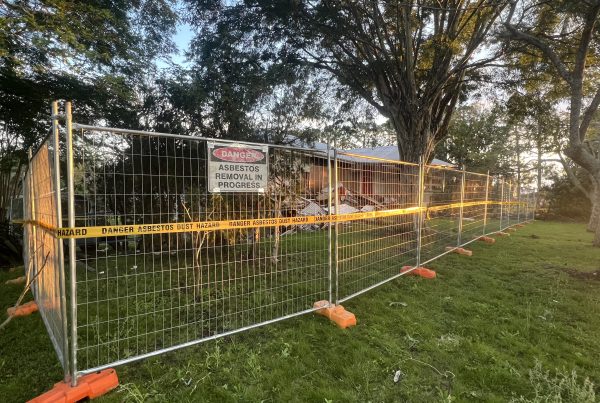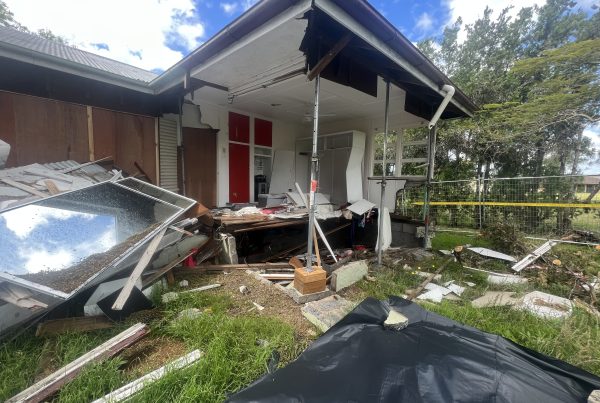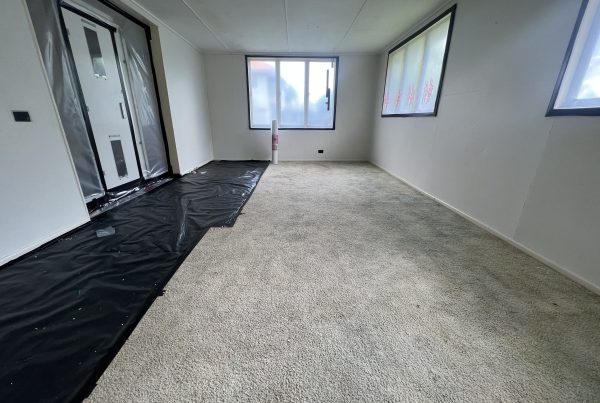Asbestos is the name given to six different, naturally occurring fibrous silicate minerals, which are made up of long and thin fibrous crystals. Due to the structure and chemical make up of asbestos, it is highly resistant to fire, water, electricity and chemicals, whilst remaining flexible.
Prior to the 1980s, asbestos was widely used in our homes, structures, buildings, roofs, fences, and pipes among other things, due to its strength, insulation properties and affordability.
Today, asbestos is no longer used as a construction material as it is linked to a number of lung-related diseases including asbestosis and lung cancer.
Why did we use asbestos in Australia?
During the post-war construction boom in Australia, demand for housing was high, asbestos was affordable and widely available (and even mined in Australia) and its versatility made it seem like the perfect construction material.
Asbestos is highly heat resistant, a great electrical insulator, has excellent sound absorption, significant chemical resistance, is naturally water resistant, is strong but flexible and was cheap to refine and produce…
With all this going for it, it’s easy to see why asbestos became the go-to construction material in Australia throughout the 50s, 60s and 70s when production peaked. Asbestos was used in thermal insulation, electrical wiring, fire-retardant coatings, roof and wall sheeting and floor coverings such as linoleum (lino) in homes, schools, factories, offices and public buildings across Australia.
Why did we stop using asbestos in Australia?
The very crystalline structure that made asbestos so versatile and desirable in the mid-20th century is also what caused its downfall.
The fibrous crystals that make up asbestos are composed of tiny microscopic ‘fibrils’ that are released into the air when asbestos is disturbed or broken apart. These fibrils are too small to see, touch, feel, taste or smell and once airborne can easily be breathed into the lungs where the asbestos can cause a range of harmful lung diseases including lung cancer and asbestosis.
It wasn’t until the 1970s that we made the link between asbestos and lung diseases as asbestos-related lung conditions generally take between 20 and 30 years to develop after prolonged exposure.
Once this link was discovered however, the use of asbestos in construction sharply declined until its eventual phase out in the 1980s and asbestos was completely banned in Australia in 2003.
Understanding what asbestos is, its qualities and how it was used in the construction industry helps us comprehend why asbestos was so popular and widely used. Though it is now banned, its estimated that a third of all homes in Australia still contain asbestos – most commonly in roofing, wall sheeting and flooring.
If you suspect that you may have asbestos in your home, Asbestos Eliminators are licensed and certified to inspect, remove and dispose of asbestos and operate across Southeast Australia – from the Gold Coast to the Sunshine Coast. Contact us for a free quote.




Hi, this is a comment.
To get started with moderating, editing, and deleting comments, please visit the Comments screen in the dashboard.
Commenter avatars come from Gravatar.